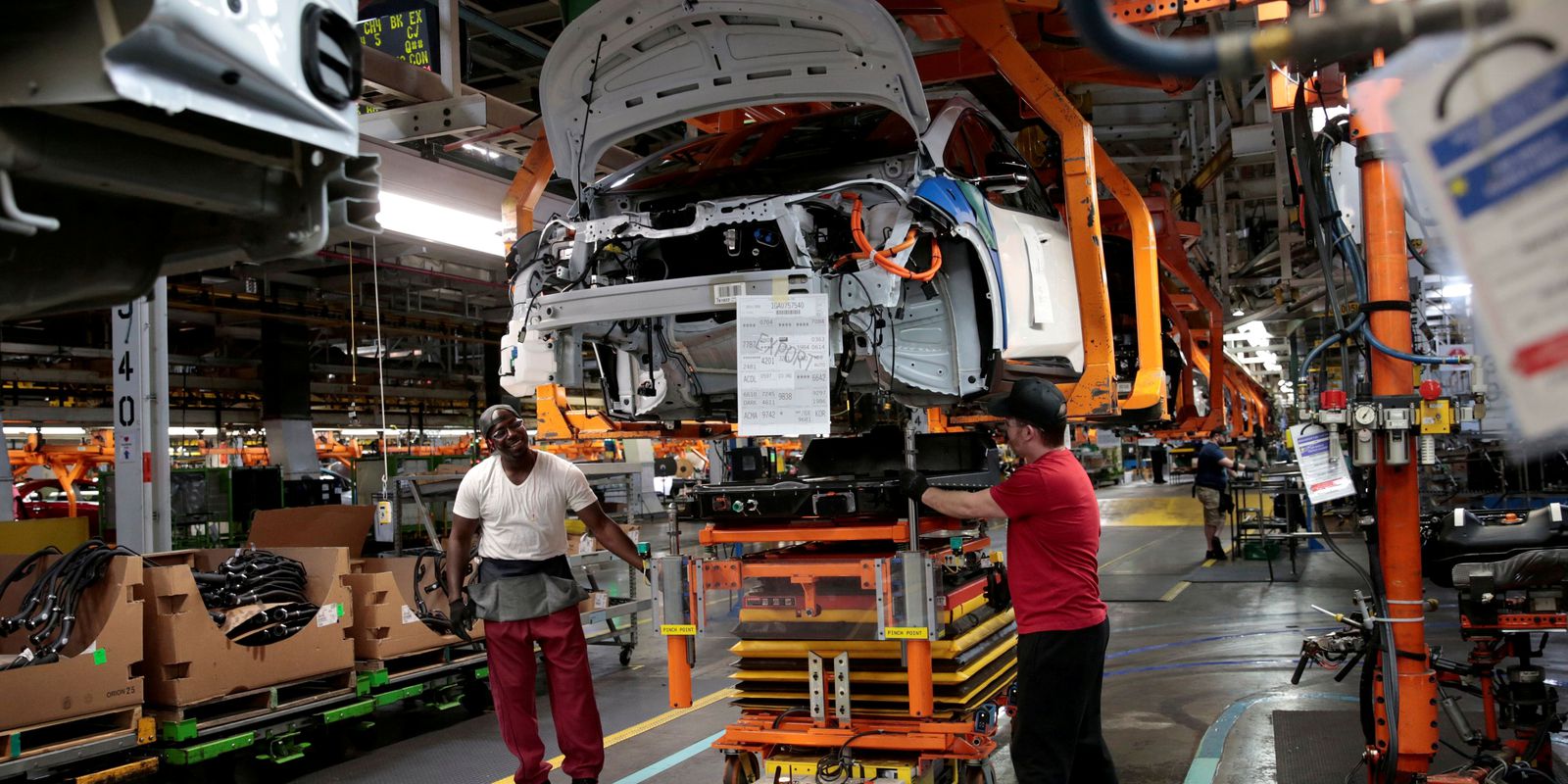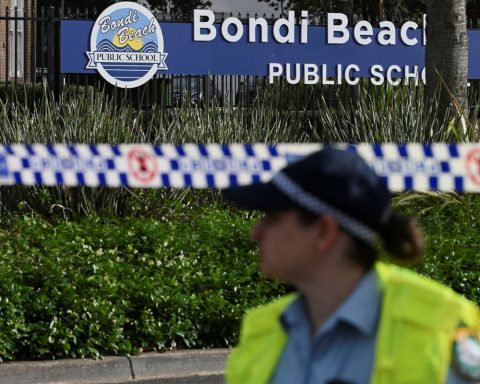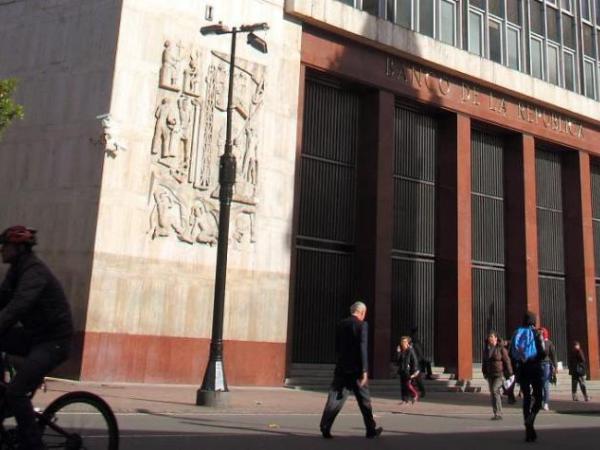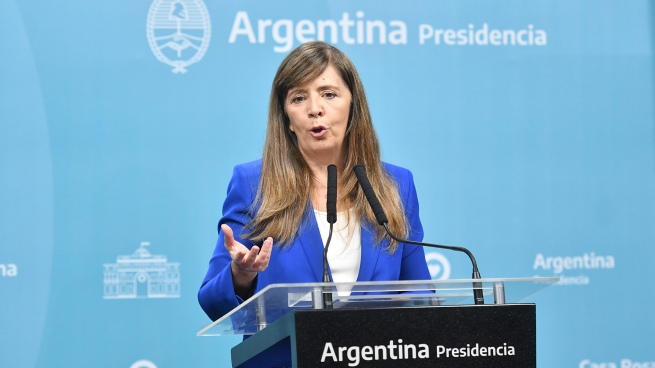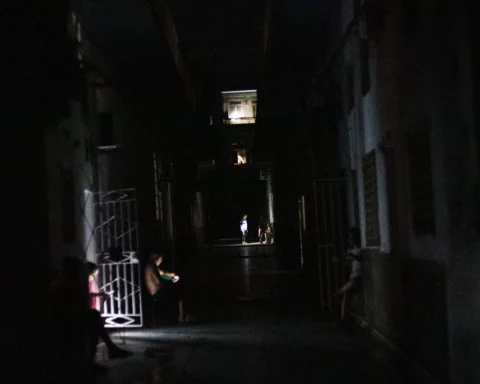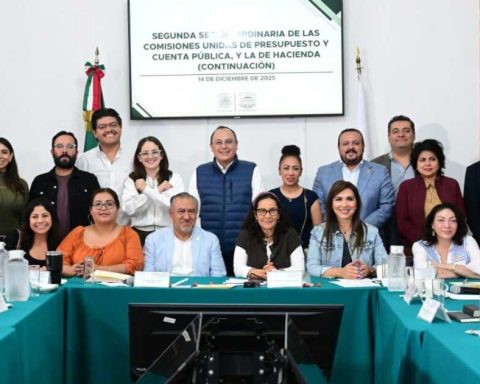The Gross Domestic Product (GDP), which is the sum of final goods and services produced in Brazil, grew 1.2% in the second quarter of this year compared to the previous period. The result is the fourth positive result after the indicator, after having retreated 0.3% in the second quarter of last year. The GDP reached R$ 2.404 trillion in current values.
The figures, which are part of the System of Quarterly National Accounts, were released today (1st), in Rio de Janeiro, by the Brazilian Institute of Geography and Statistics (IBGE).
As a result, GDP increased 2.5% in the first half of the year and the country’s economic activity was 3.0% above the pre-pandemic level, verified in the fourth quarter of 2019. According to the IBGE, the economy also reached second highest level in the series, behind only what was registered in the first quarter of 2014.
According to the IBGE, growth in the second quarter was influenced by the 1.3% rise in services. The coordinator of National Accounts at IBGE, Rebeca Palis, reported that services are weighing 70% on the economy, so there is a greater impact on this result.
“Within services, other service activities (3.3%), transport (3.0%) and information and communication (2.9%) advanced and led to this increase. Other service activities include face-to-face services, which were dammed during the pandemic, such as restaurants and hotels, for example,” he added.
As a result, the other service activities subsector is 4.4% above the pre-pandemic level.
Industry
The industry rose 2.2% and this was the second consecutive positive result for the sector, after falling 0.9% in the fourth quarter of last year. For the IBGE, it is the highest positive rate for the industry since the third quarter of 2020 (14.7%).
At that moment, the sector was beginning to recover from the effects of the pandemic and had a smaller basis for comparison. The data also indicate that this increase was influenced by the positive performance of 3.1% in electricity and gas, water, sewage, waste management activities, 2.7% in construction, 2.2% in extractive industries and 1.7% in manufacturing industries.
“There was growth in all subsectors of the industry. One of them is civil construction, which has been facing problems for years and was greatly affected by the pandemic, but has been recovering for a few quarters,” explained the coordinator, for whom the advance of electricity and gas, water, sewage and waste management is explained by the shutdown of the thermal plants, which resulted in the end of the water scarcity tariff flag.
“At the beginning of the year, there was this shutdown and the increase in the use of renewable energies, which are cheaper”, he said.
agriculture
After a decline of 0.9% in the last quarter, agriculture changed 0.5% in the second quarter of this year. According to Rebeca Palis, the sector is very linked to seasonality and, in the semester, has been falling, pulled by the retraction in soybean production, which is the biggest crop. “According to the Systematic Survey of Agricultural Production (LSPA), the forecast is for a drop of 12% in this production. This greatly impacted the result of agriculture in the year,” she noted.
family consumption
Household consumption increased by 2.6% in the second quarter. The percentage is the highest since the fourth quarter of 2020, when it registered 3.1%. In the opposite direction, government consumption fell 0.9%, after showing stability in the previous quarter, when it registered a drop of 0.1%.
“The rise in household consumption is related to the return to growth of services provided to families, as a result of face-to-face services that are dammed up in the pandemic. A reflection of this is the increase in the price of air tickets, a consequence of the growth in demand”, highlighted Rebeca.
